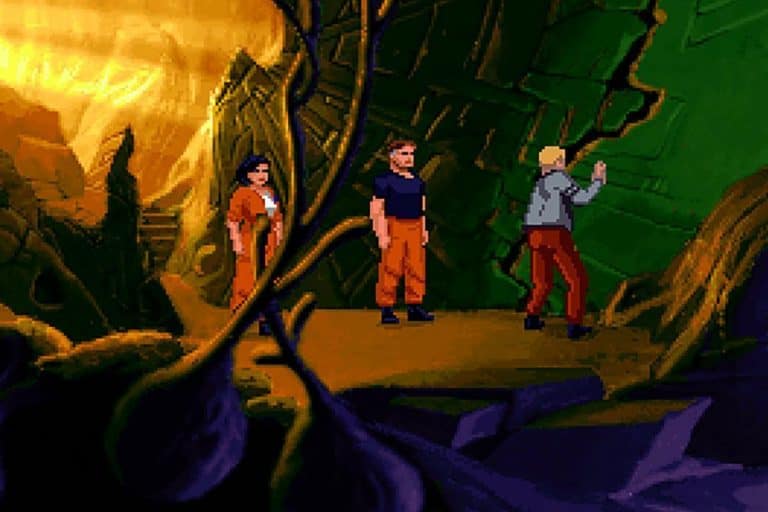

However, beyond the basics, The Dig takes creative license with the facts. Although the courts decided the treasure belonged to Edith Pretty, she gifted the discovery to the British Museum before dying three years later, and Basil Brown remained unacknowledged in the Sutton Hoo discovery until recently. The ultimate fates of the characters in The Dig’s bittersweet ending are also largely unaltered. The real-life find at Sutton Hoo was just as staggering as it appears in The Dig and attracted just as much attention from museums, archaeologists, and journalists.

When they make a historic discovery, the echoes of Britain's past resonate in the face of its uncertain future. Related: One Night In Miami True Story: How Much is Real & What The Movie Made Up As WWII looms, a wealthy widow (Carey Mulligan) hires an amateur archaeologist (Ralph Fiennes) to excavate the burial mounds on her estate. As word of the find spread, Charles Phillips (Ken Stott) and his team of archaeologists took over the excavation under the urgency of the looming threat of World War II. He unearthed a find no one expected, an intact 6th-century ship burial that redefined historical knowledge of the Anglo-Saxons. In 1939, Edith Pretty (played in the movie by Carey Mulligan) hired self-taught archaeologist Basil Brown (Ralph Fiennes) to excavate the burial mounds on her land. The movie sticks to the truth with the foundations of the story, and most of the characters in The Dig movie are based on real people involved in the excavation.


 0 kommentar(er)
0 kommentar(er)
